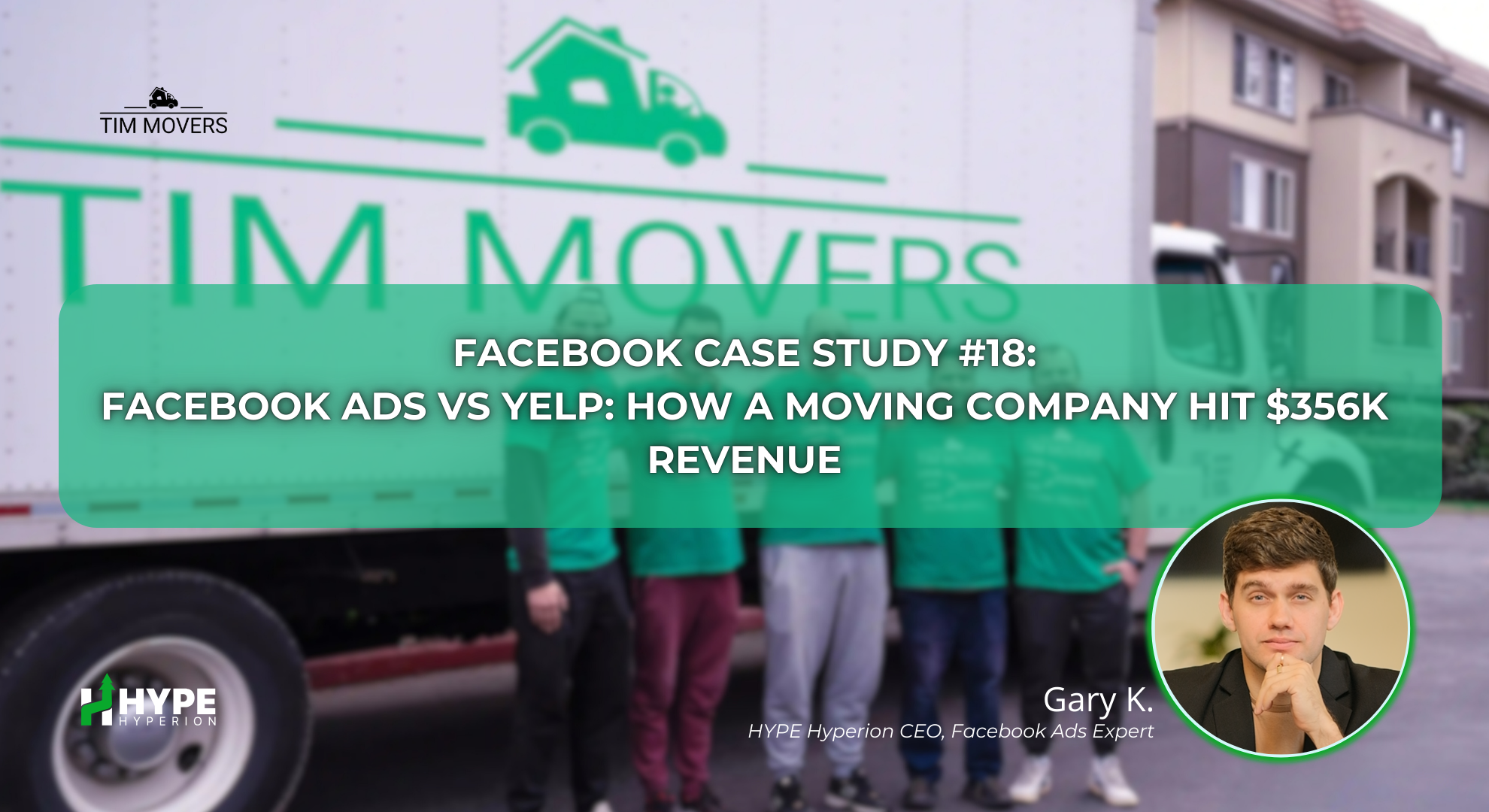Creating effective landing pages is crucial for the success of Pay-Per-Click (PPC) campaigns. A high-converting PPC landing page not only attracts visitors but also persuades them to take specific actions, such as making a purchase or signing up for a newsletter. In 2024, optimizing these pages for maximum conversions is more critical than ever. This article provides insights into best practices for designing landing pages that drive results.
Key Elements of High-Converting Landing Pages
Clear and Compelling Headlines
The headline is the first thing visitors see when they land on your page. It should immediately grab their attention and convey the primary benefit or offer. A well-crafted headline will:
- Reflect the PPC Ad: Ensure the headline matches the promise of your PPC ad to avoid confusion and reinforce the relevance of your offer.
- Be Concise and Actionable: Use clear, action-oriented language that highlights the value proposition.
Engaging and Relevant Content
Engaging content is essential for maintaining visitor interest and guiding them toward conversion. Your landing page content should:
- Address Pain Points: Understand your audience’s needs and concerns and address them directly.
- Highlight Benefits: Clearly outline the benefits of your offer, using bullet points or short paragraphs for easy readability.
- Include Social Proof: Testimonials, reviews, and case studies can build trust and credibility, increasing the likelihood of conversion.
Effective Call-to-Actions (CTAs)
The Call-to-Action (CTA) is a critical element of your landing page. It should be:
- Prominent and Persuasive: Place your CTA in a visible location and use compelling language that encourages users to take the desired action.
- Consistent with the Offer: Ensure the CTA aligns with the offer described in your ad and landing page content.
Design and Usability Best Practices
Optimize for Mobile Devices
With increasing numbers of users accessing websites via mobile devices, it’s crucial to ensure your landing page is mobile-friendly. Key considerations include:
- Responsive Design: Use a responsive design that adapts to various screen sizes and orientations.
- Fast Loading Speed: Optimize images and scripts to ensure quick loading times, which is essential for retaining mobile users.
Maintain Visual Consistency
Visual consistency helps reinforce your brand and ensures a seamless user experience. Ensure:
- Branding Elements: Use consistent colors, fonts, and logos that align with your brand identity.
- Visual Hierarchy: Design your landing page with a clear visual hierarchy to guide users’ attention to the most important elements.
Simplify Navigation
A high-converting landing page should have minimal distractions. To keep users focused:
- Limit Navigation Options: Avoid including unnecessary links or navigation menus that might divert attention away from the main goal.
- Use Simple Forms: If your landing page includes a form, keep it short and only ask for essential information to reduce friction.
Advanced Strategies for Optimization
A/B Testing
A/B testing is a powerful method for optimizing landing pages. By testing different versions of your page, you can determine which elements perform best. Key areas to test include:
- Headlines: Experiment with different headlines to see which one captures more attention.
- CTA Buttons: Test variations in button text, color, and placement to find the most effective combination.
- Content Layout: Try different layouts to see which arrangement leads to higher conversions.
Personalization Techniques
Personalization can significantly enhance user experience and increase conversions. Consider implementing:
- Dynamic Content: Use dynamic content that changes based on user behavior or demographics to make the page more relevant.
- Geo-Targeting: Customize your landing page based on the visitor’s location to provide localized offers or information.
Use of Interactive Elements
Interactive elements can boost engagement and conversions. Examples include:
- Quizzes or Assessments: Engage visitors with interactive quizzes or assessments that lead to personalized recommendations.
- Live Chat: Incorporate live chat or chatbots to assist visitors in real-time, answering questions and guiding them toward conversion.
Measuring and Analyzing Performance
Key Metrics to Track
To gauge the effectiveness of your landing pages, monitor key metrics such as:
- Conversion Rate: The percentage of visitors who complete the desired action.
- Bounce Rate: The percentage of visitors who leave the page without interacting.
- Average Time on Page: The amount of time visitors spend on the landing page, which can indicate engagement levels.
Using Analytics Tools
Leverage analytics tools to gain insights into user behavior and performance. Tools like Google Analytics, Hotjar, and Crazy Egg can provide valuable data on:
- User Flow: Understand how visitors navigate through your landing page and identify potential drop-off points.
- Heatmaps: Visualize where users click and scroll to optimize page layout and content placement.
Optimizing for Continued Success
Regular Updates and Improvements
Continuous optimization is essential for maintaining high conversion rates. Regularly review and update your landing pages based on performance data and emerging trends.
Staying Updated with Trends
Keep up with the latest trends and best practices in landing page design and PPC advertising to ensure your strategies remain effective and competitive.
Crafting Effective Landing Pages for 2024
High-converting PPC landing pages are crucial for maximizing the return on your advertising investment. By focusing on clear headlines, engaging content, effective CTAs, and design best practices, you can create landing pages that drive results. Implement advanced strategies such as A/B testing and personalization to further enhance your page’s performance. By continuously optimizing and staying informed about industry trends, you’ll be well-equipped to achieve success in your PPC campaigns in 2024.


